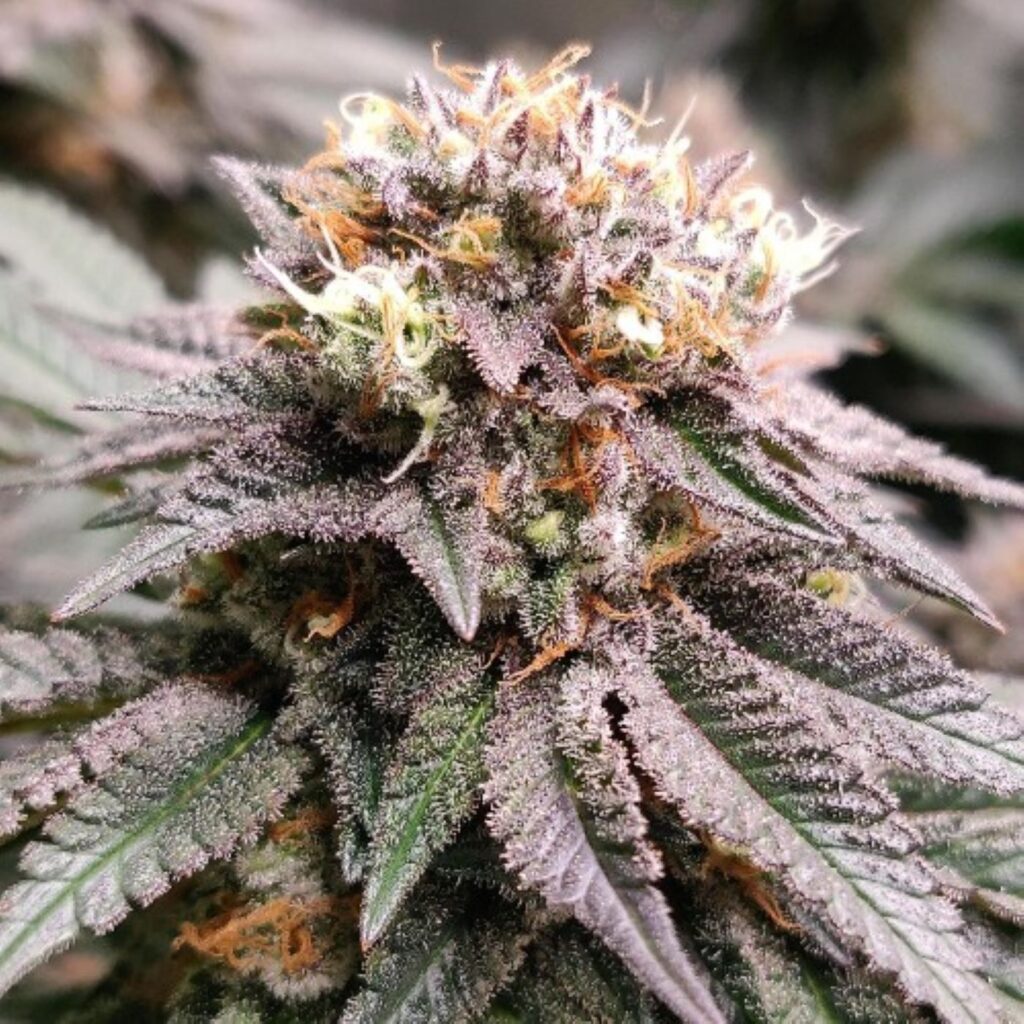Pure Instinto - Cultivation Guide
Understanding the Flowering Stage in Marijuana Growth
Understanding the Flowering Stage in Marijuana Growth
Marijuana cultivation can be an exciting and rewarding experience. The flowering stage of cannabis growth is a critical period that requires proper planning and management to ensure optimal yields, potency, and quality. Navigating the flowering stage can be a challenging process for many growers, especially beginners. In this guide, we will provide you with useful tips on how to manage the flowering stage in cannabis growth.
The Flowering Stage of Marijuana
Marijuana plants mature differently depending on several environmental factors, strain, and grow conditions. Most cannabis strains have distinct flowering times that range from 6-12 weeks. Typically, the flowering stage occurs when the plant transitions from vegetative growth to flowering. This phase is critical and has a direct impact on the final product’s quality and potency.

The Importance of Proper Timing
Timing is critical during the flowering stage, and every marijuana grower needs to keep track of its progress. Proper timing helps growers determine when to anticipate the plants to flower, when to support the buds’ growth, and when to harvest the plant for the best yield and quality. The flowering period is affected by several factors, including light, humidity, temperature, and fertilizers.
Key Factors Affecting Flowering in Cannabis Plants
Several factors affect the flowering phase, both positively and negatively. One of the most crucial factors that affect flowering is light. Cannabis plants prefer long days with many hours of light in the vegetative stage but short days with more darkness in the flowering stage. Other factors that affect the flowering stage include temperature, humidity, pests, and fertilizers.

Techniques for Managing the Flowering Stage
The flowering stage demands particular management practices for optimal yields and quality. These management practices include light management, nutrient management, and pest management. Below are some techniques for managing the flowering stage.
Light Management for Optimal Flower Development
Light is the biggest factor in determining the quality and quantity of marijuana buds harvested. During the flowering
period, marijuana plants require ample light for optimal flower development. To promote the best flowering outcome, growers should provide at least 12 hours of uninterrupted darkness every day. Growers should also avoid exposing marijuana plants to any light during the dark period since it disrupts the flowering process.
The Role of Nutrients and Fertilizers in Flowering Cannabis Plants
During the flowering stage of marijuana growth, cannabis plants require plenty of nutrients to support optimal bud growth and development. Growers should invest in high-quality fertilizers that provide the plants with the necessary macro and micronutrients. However, overfeeding or underfeeding the plants can lead to nutrient deficiencies and impair the overall yield and quality of the final product.
Common Mistakes to Avoid during the Flowering Stage
The flowering stage can be a challenging phase to navigate, and many beginners often make mistakes that affect their harvest. Here are some common mistakes to avoid during the flowering stage.
Overfeeding or Underfeeding Plants
Overfeeding or underfeeding cannabis plants can lead to nutrient imbalances, which can affect the plant’s overall health and yields. Before supplying nutrients to the marijuana plants, growers should take soil or water samples and test them to determine the appropriate nutrient levels.
Improper Harvesting Techniques and Timing
Harvesting marijuana at the right time is critical to the final quality and potency of the buds. When harvested too early or too late, the buds may not have the desired effects, flavor, or aroma. Growers should pay close attention to the trichome’s color, which indicates the level of THC and CBD concentrations.

Conclusion
PureInstinto Seeds provide a high–quality product that can help maximize the yield and quality of cannabis plants during the flowering stage. Our seeds are specifically bred to be resilient, durable, and resistant to pests, diseases, and environmental stressors, making them ideal for novice and experienced growers alike. With the right management techniques and the right seeds, growers can ensure successful harvests with optimal yields and quality.
Understanding the Flowering Stage in Marijuana Growth


Super informative, thank you! 🙂